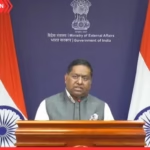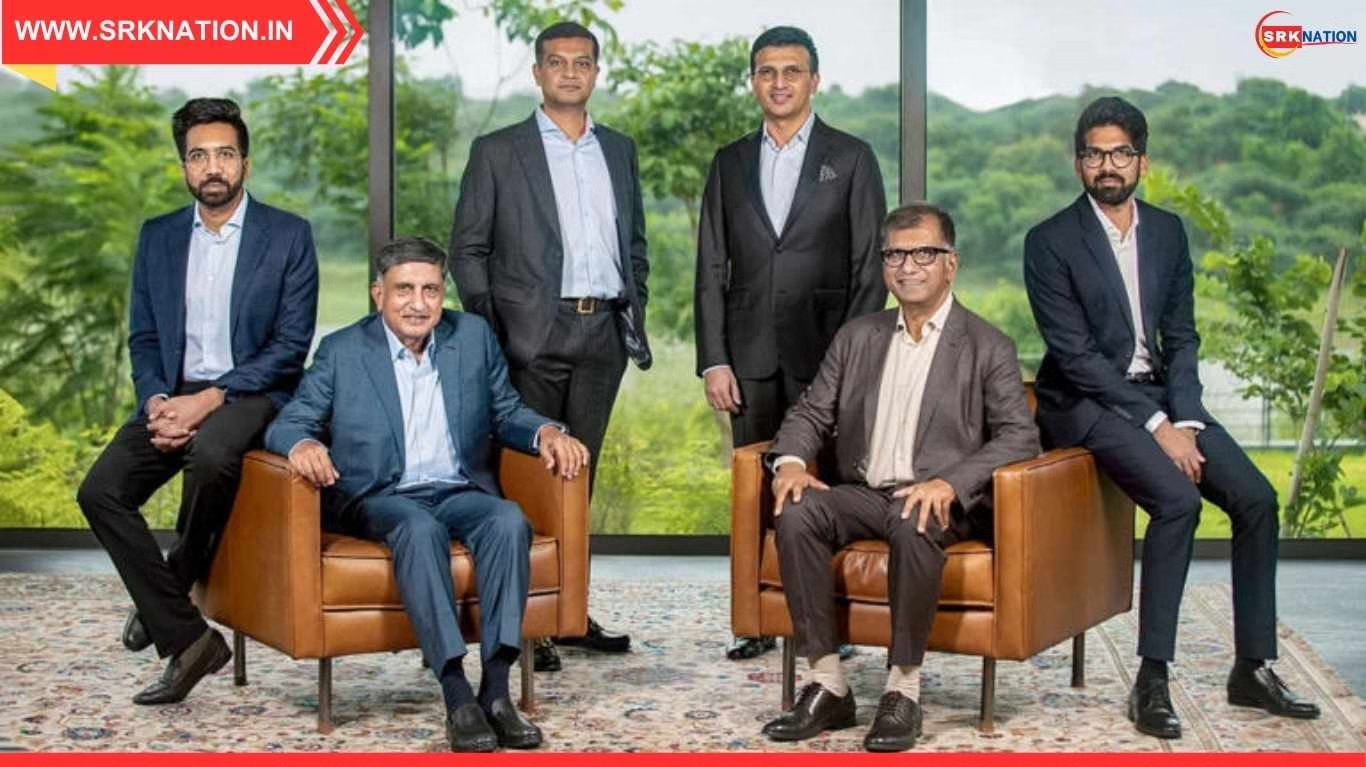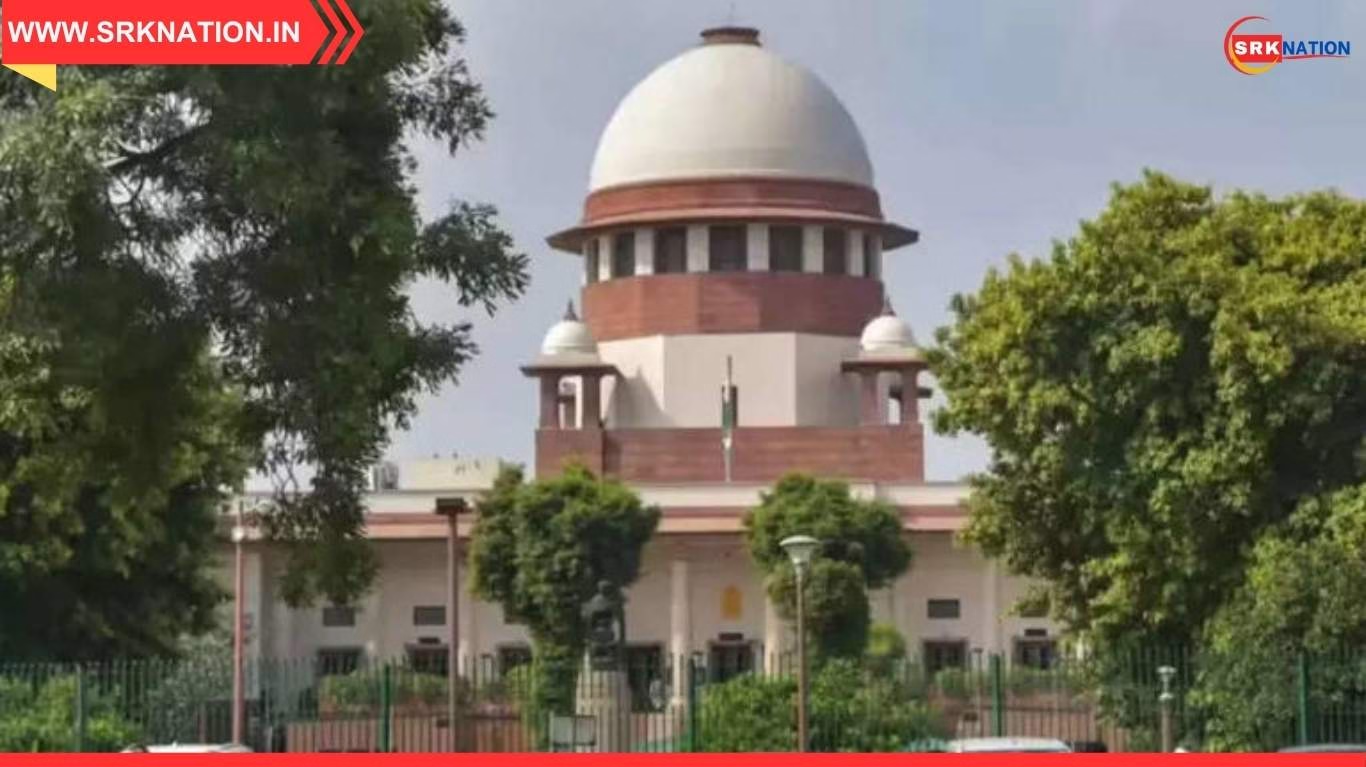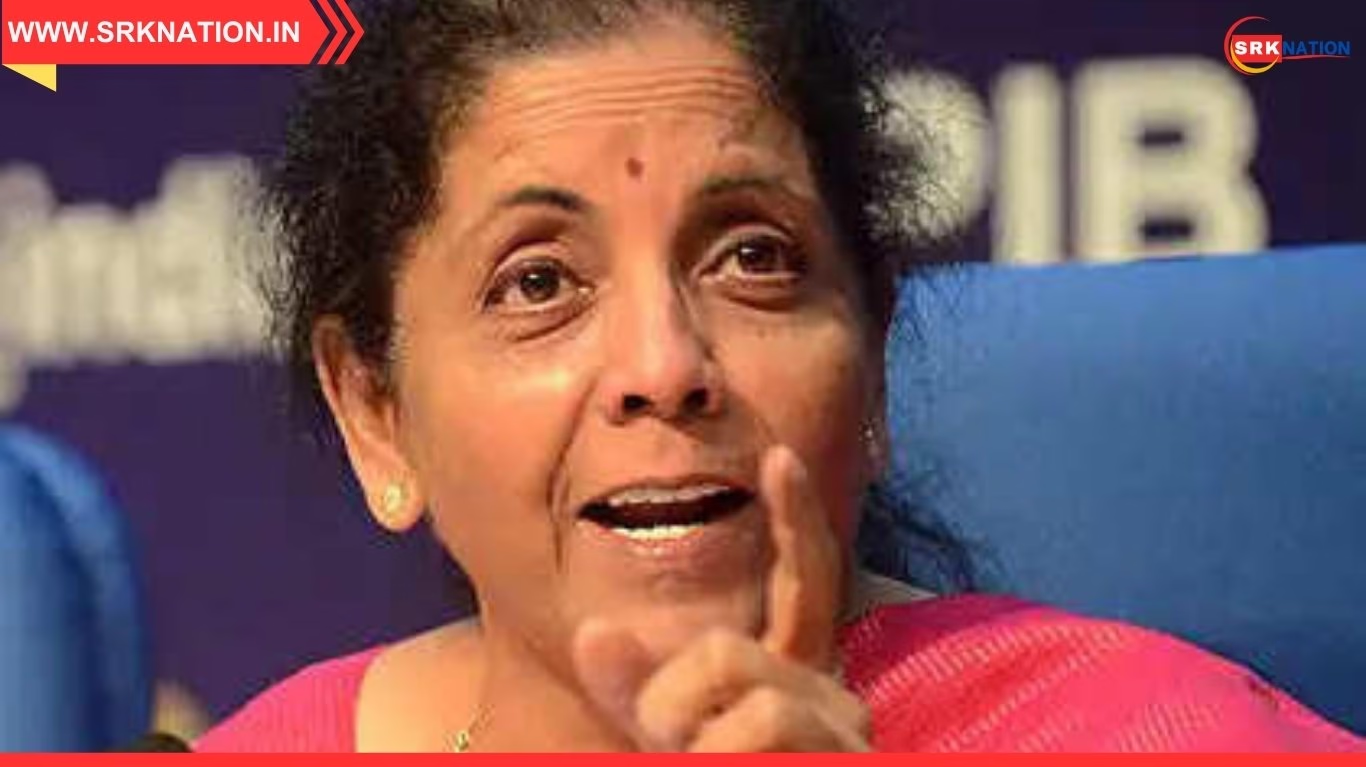In a significant leap toward futuristic transportation, India has successfully developed its first hyperloop test track at IIT Madras, marking a major milestone in high-speed travel. The 422-meter-long test facility, built with the support of the Ministry of Railways, aims to achieve ultra-fast travel, potentially reducing the Delhi-Jaipur journey—a distance of approximately 300 km—to less than 30 minutes.
Union Minister Ashwini Vaishnaw announced the achievement on X, highlighting the collaboration between the government and academia. The project, funded by the Ministry of Railways, is set to receive additional grants to expedite development.
Expressing his enthusiasm, Vaishnaw remarked, “The first pod of 422 meters will go a long way in developing technologies. I think the time has come when, after the first two grants of one million dollars each, the third grant of one million dollars will be given to IIT Madras for further developing the hyperloop project.”
Dubbed the “fifth mode of transport,” the hyperloop is a cutting-edge, high-speed transportation system designed for long-distance travel. It features a magnetically levitated pod inside a vacuum tube, eliminating friction and air resistance, allowing it to reach astonishing speeds of up to Mach 1.0 (761 mph).
According to an official press release, the hyperloop offers several groundbreaking advantages, including weather immunity, collision-free travel, speeds twice that of an airplane, and low energy consumption with 24-hour operational capability.
India’s initiative to develop the hyperloop technology aims to replicate the success of its mobile-phone manufacturing industry. The government has invested billions of dollars in incentives to attract companies like Apple Inc. and Samsung Electronics Co. to set up manufacturing plants in the country, resulting in a sharp increase in iPhone exports from India.
In the solar sector, logistics and quality controls contribute to the high cost of making wafers and ingots, and the subsidies should help ease that, the people said. Even if India were to expand its wafer and ingot capacity, it would still need to rely on foreign suppliers for the raw material they’re made from, polysilicon. India doesn’t have any capacity to produce the ultra-refined material, according to BloombergNEF data. China dominates global manufacturing, with capacity to produce 2.3 million tons a year, well ahead of No. 2 Germany with 75,000 tons.

See insights and ads
पोस्ट को प्रमोट करें · Promote post
Like
Comment
Send
Share











